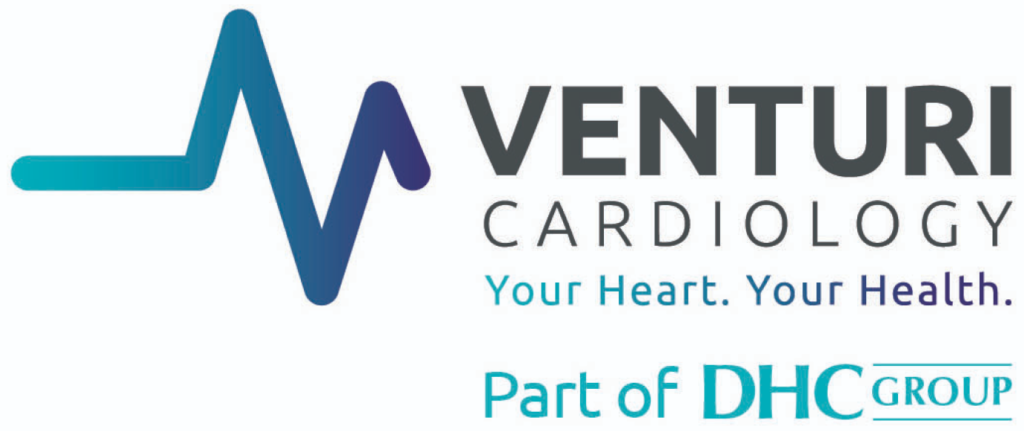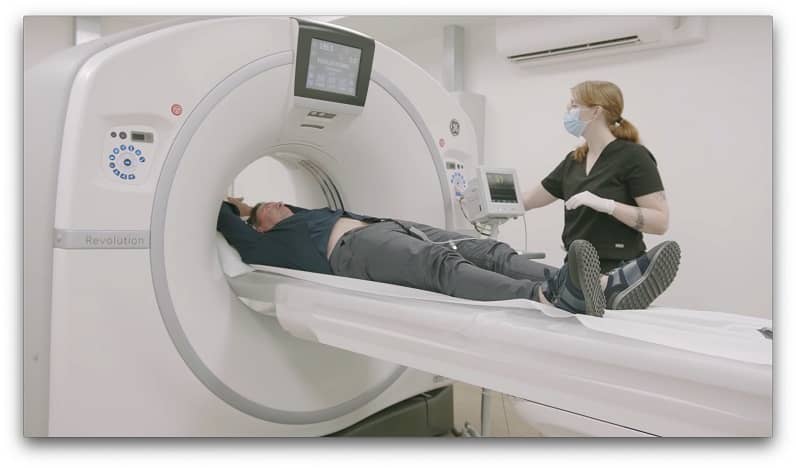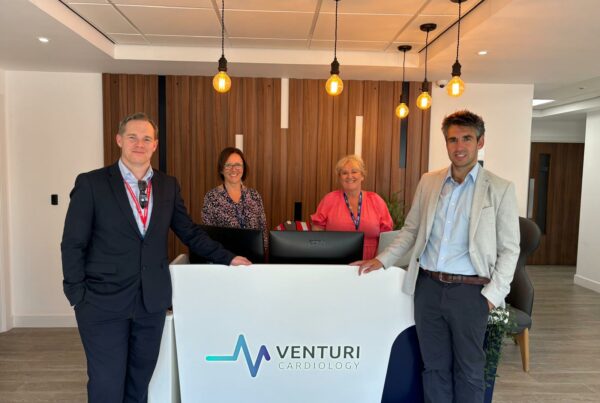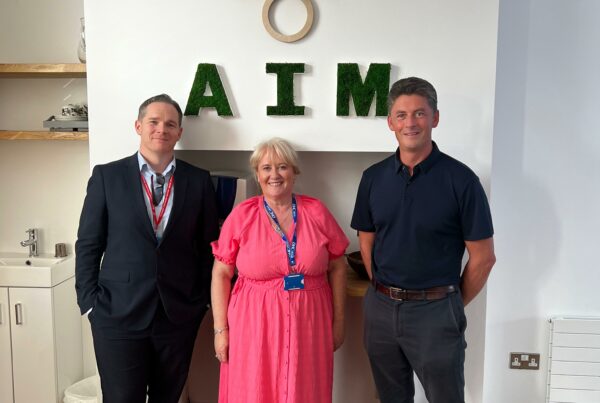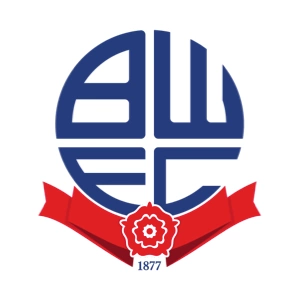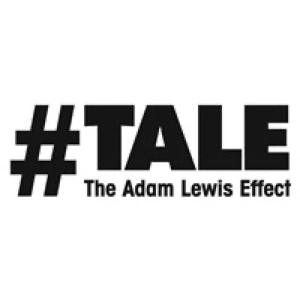If your doctor suspects you might be suffering from a heart condition or abnormality, you may be sent off for a series of tests.
There can be many names thrown about when you see the cardiologist. ECG’s, TTE’s, CT’s Tilt Tests… it can be as confusing as overwhelming. Although most cardiology tests at Venturi Cardiology in Warrington, close to Manchester, are painless and non-invasive, you might be confused by all the jargon.
In most cases, your cardiology tests in at Venturi in Warrington near Manchester will be routine, standard tests to check your hearts overall health and assess for abnormalities.
If you’re facing a multitude of tests and you’re not sure what they all mean, you’ve come to the right place. Let’s look at the most common heart tests your doctor or cardiologist may order and what they mean for you.
What is cardiology testing?
‘Cardiology testing’ is an umbrella term used to describe a series of tests to diagnose and monitor heart conditions. There is no specific ‘cardiology test’. Instead, there are many, and the tests you have will depend on your heart health and the cardiac issues you’re being assessed for.
Electrocardiogram (ECG)
This is the most common cardiac test. You may well have already heard of it.
ECG testing uses a series of electrodes or sensors (sticky pads with wires) attached to your chest and limbs to monitor your heart electrical activity. This activity is translated onto a graph on a monitor, which is interpreted by a medical professional. ECG’s are painless and non-invasive, and they can identify a range of heart problems from arrhythmias to heart disease and heart attacks.
Transthoracic Echocardiogram (Echo or TTE)
With this test, a probe is placed on the chest or abdomen to get various heart views. This test is non-invasive and painless. An echo technician or cardiologist will move the probe (or inducer) around your chest to send sound waves into the chest and identify echoes that reflect different parts of the heart. These tests can diagnose conditions such as murmurs, valve problems, and more. Sometimes, body tissues and organs can block the view of the heat. If the sonographer can’t get an accurate picture, you may need to have a transesophageal echocardiogram instead. However, this is rare.
Magnetic Resonance Imaging (MRI)
MRIs are a standard test that uses a magnetic field and radiofrequency to create detailed images and structures of your heart and other areas of the body. For example, MRIs can be used to examine the heart and blood vessels. In addition, MRIs can be used to diagnose heart disease and other conditions. As you lie on a bed, the MRI (which is a long, platform tube that scans your body) will be used to create images of your heart. You’ll be fitted with sticky electrodes on your chest, and in some cases, a nurse may insert an IV line into your veins to inject a non-iodine-based dye, called contrast material. This will make your organs more visible in pictures.
Exercise Cardiac Stress Test (ETT)
This test will be performed during exercise to determine your heart’s response to external stress. For example, you will usually need to exercise on a treadmill or stationary bicycle. You will have electrodes taped to your chest to monitor your heart’s rhythm in response to exertion. These tests can be used to assess heart health, determine the safety of exercise, determine causes of chest pain or shortness of breath, and find evidence of inadequate blood flow to the heart during training. These tests are non-invasive and quick, and you’ll be monitored by a medical professional for the duration of the test.
CT Calcium Score Test
A ‘calcium score’ is a low dose CT scan of the heart. It allows cardiologists to measure the build-up of calcium plaque within the walls of a patient’s heart arteries. It is a bit like a ‘mammogram for the heart’. As heart disease progresses the level of calcium in the vessel walls increases, so it can be a very good indicator as to whether you have the disease or not.
To have this test you will need to lie in the CT scanner for approximately 10 minutes, whilst attached to an ECG (electrocardiogram). The CT scanner will take a series of X-ray images inside the doughnut to construct a 3D image of your heart. The whole process is timed to coincide with your heartbeat and no contrast dye is needed for this type of scan.
CT Coronary Angiogram
This is one of the more detailed types of scan available. X-ray dye is injected through a small tube in your arm vein, and the scan is timed to take pictures of the colouring travelling through your coronary arteries. The scans are reconstructed using software to create highly detailed 2D and 3D images of the vessel. These images can show narrowing due to soft plaque with a high degree of accuracy. Soft, mixed plaques are more likely to cause heart attacks. If no plaque is visible your risk of a cardiac event is extremely low.
During the procedure, your heart rate and blood pressure will be monitored. You will be asked to lie down on a bed, and a plastic needle will be inserted into a vein near your elbow. Contrast dye will then be injected into the arteries around your heart. This will highlight areas where there are blockages or a build-up of plaque which can lead to blockages.
If you have any questions about any of the above, please do not hesitate to get in touch at [email protected] or on 01925 748 245.
